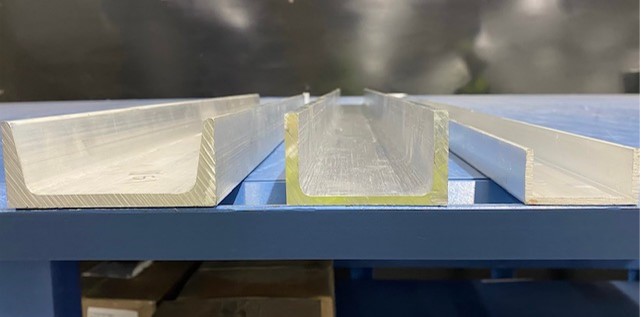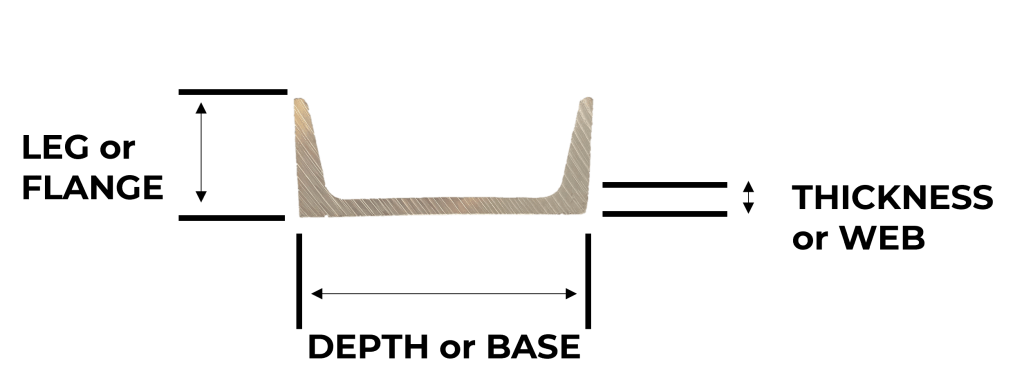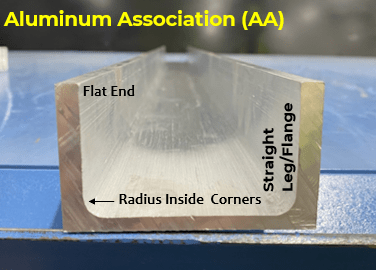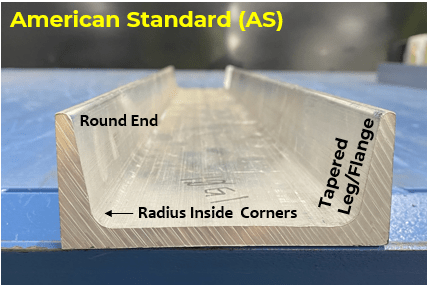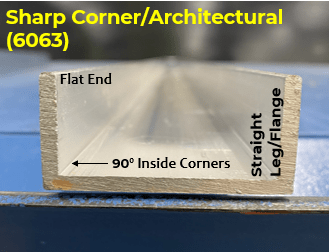Hot-rolled and cold-finished steel products differ in their manufacturing processes, resulting in variations in properties and applications.
Hot Rolled Steel
- Manufacturing Process: Hot-rolled steel is produced at high temperatures, typically above the recrystallization point of the steel, which makes it easier to shape and form. It goes through a rolling process where it’s compressed, stretched, and shaped into the desired form.
- Surface Finish: Hot-rolled steel has a rough, scaly, and somewhat uneven surface. It has a characteristic oxide scale on the surface, which can be removed by pickling or abrasive processes.
- Grain Structure: Hot-rolled steel has a larger grain structure due to the high temperatures involved in the manufacturing process. This can result in reduced strength and hardness compared to cold-finished steel.
- Strength and Toughness: Hot-rolled steel tends to be less precise in dimension and shape but is generally less expensive. It is often used in structural applications, construction, and as a starting material for various manufacturing processes.
- Applications: Hot-rolled steel is suitable for applications where surface finish and dimensional precision are less critical, such as structural components, railroad tracks, and automotive frames.
Cold Finished Steel
- Manufacturing Process: Cold-finished steel is produced at or near room temperature. It is typically drawn, turned, or ground to achieve the desired dimensions and surface finish. This process enhances dimensional accuracy.
- Surface Finish: Cold-finished steel has a smoother and more precise surface finish compared to hot-rolled steel. It often doesn’t require further surface treatment.
- Grain Structure: Cold-finished steel has a smaller and more consistent grain structure, resulting in improved strength, hardness, and machinability.
- Precision and Tolerance: Cold-finished steel products are produced with tight dimensional tolerances and are highly consistent in size and shape.
- Applications: Cold-finished steel is commonly used in applications where precise dimensions, surface finish, and enhanced mechanical properties are crucial. These include shafts, fasteners, precision components, and tools.
In summary, the key difference between hot-rolled and cold-finished steel products lies in their manufacturing processes and the resulting properties. Hot-rolled steel is produced at high temperatures, tends to have a rough surface, and is less precise in terms of dimensions. Cold-finished steel, on the other hand, is manufactured at or near room temperature, has a smoother surface, tight dimensional tolerances, and improved mechanical properties, making it suitable for applications requiring precision and performance.

